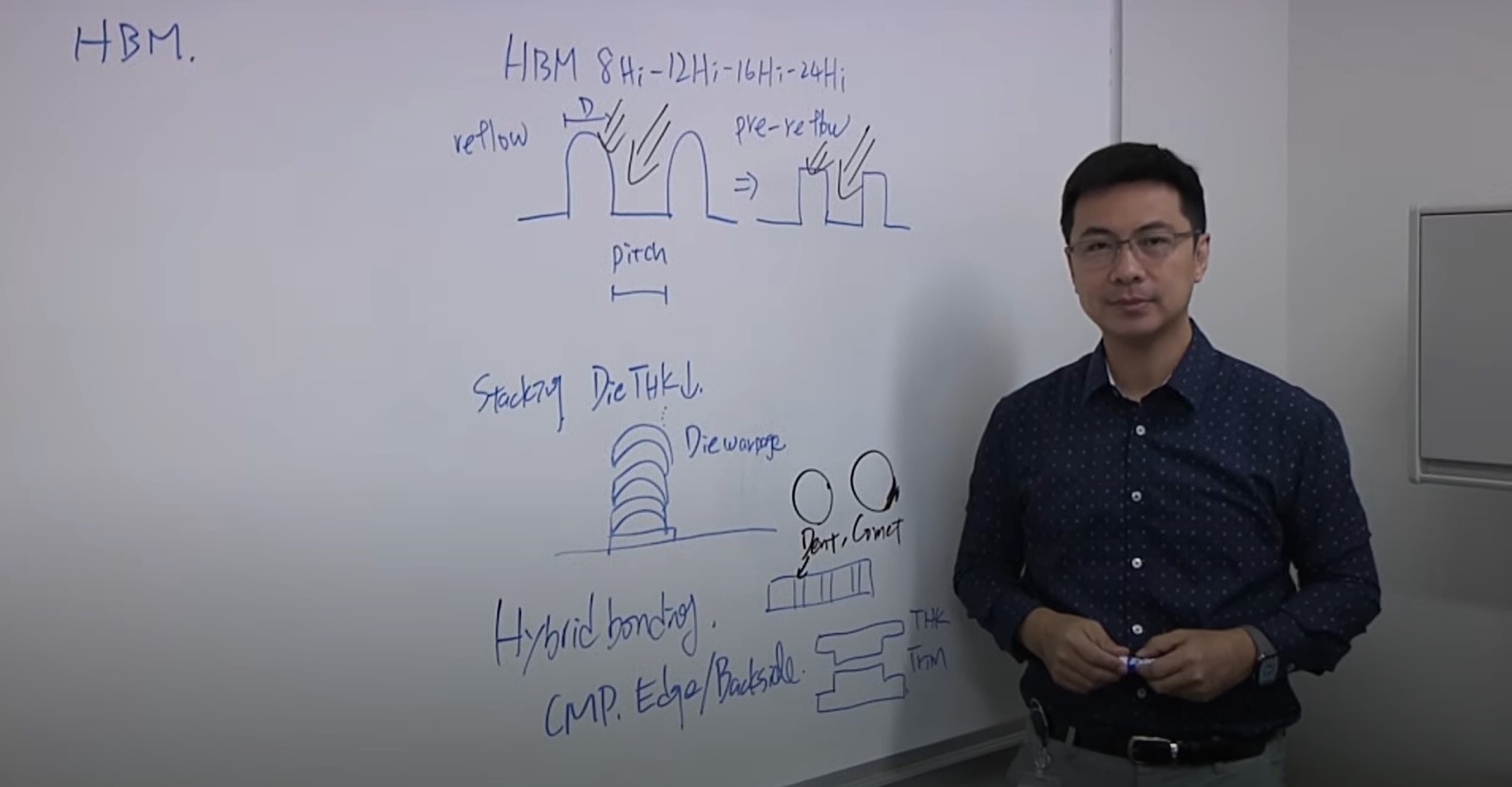Abstract
The Schwarz inequality for ellipsometry/polarimetry using a single rotating compensator either before or after a reflecting sample can be used to obtain constraints on the Fourier coefficients of the light intensity passing through the system. These constraints are equivalent and suggest a similar set of constraints for a dual rotating compensator Mueller matrix ellipsometer or polarimeter. These constraints are used to analyze various artifacts in the Mueller matrix system and compare those with results for the single rotating compensator systems. The analysis also leads to a fundamental advantage of the Mueller matrix system.
Event Details
| Date | Nov 21, 2025 |
|---|---|
| Time | 2:45 pm - 3:15 pm |
| Location | Milpitas, CA |
| Event | IEEE Symposium on Reliability for Electronics and Photonics Packaging |
| Presenters |


